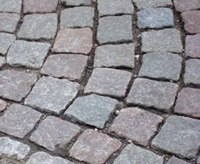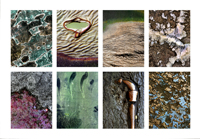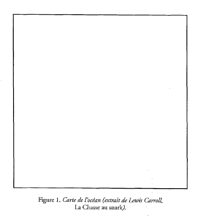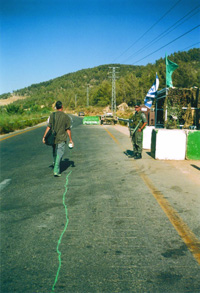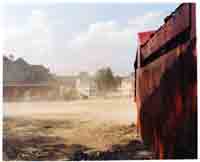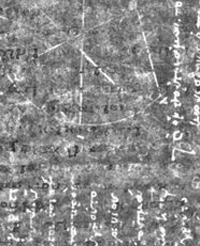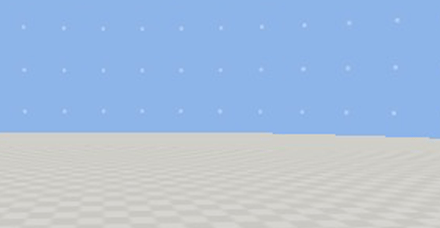
Tattered Fragments of The Map
NOW AVAILABLE: Order online for $15
Although some artists involved in the exhibition have also contributed written work, this publication is certainly not a catalogue of the show. Instead, we hope that various ideas which surfaced during our investigation and preparation, as well as a few of the people we came into contact with, could be presented here in a sort of schizophrenic, scattershot survey of mapping and its associated theoretical implications.
Introductions, Adam Katz and Brian Rosa
Interview with Denis Wood
Anthony Auerbach, The World is a Cut-up
Bill Brown, Oklahoma Motel & Biosphere 2
Simone Hancox, The Map is Performed in the Territory
Elizabeth Evitts Dickinson, The Rise of The User Generated City
Bill Fox, The Angels of Mulholland drive
Herbert Gottfried, North Acton, Route 27 Community Gardens & Comfort Suites Under Construction, Bedford
Gerardo Greene Gondi, Image Texture
Alex Haber, Mapping the Void in Perec’s Species of Spaces
Cris Benton, A Brief History of Kite Aerial Photography
Anusha Venkataraman, Situating the Grassroots: Collectivity and Imagination
Order A Copy of the Book From Lulu
This is a no-profit venture – Purchasing a copy of Tattered Fragments helps to fund the Photocartographies project. If you would prefer, books are also available at g727 in downtown Los Angeles.
.pdf versions of the book are available for those interested in reviewing or promoting the project, contact us.
